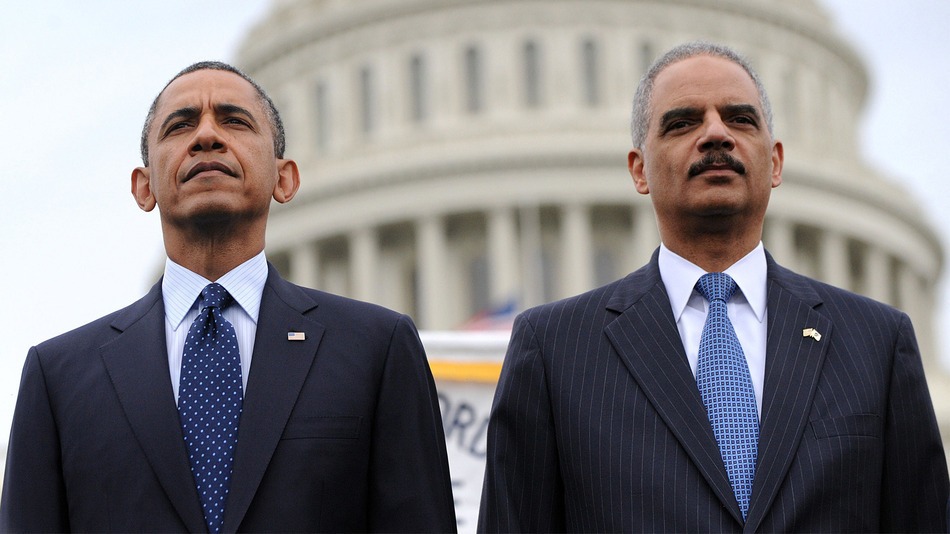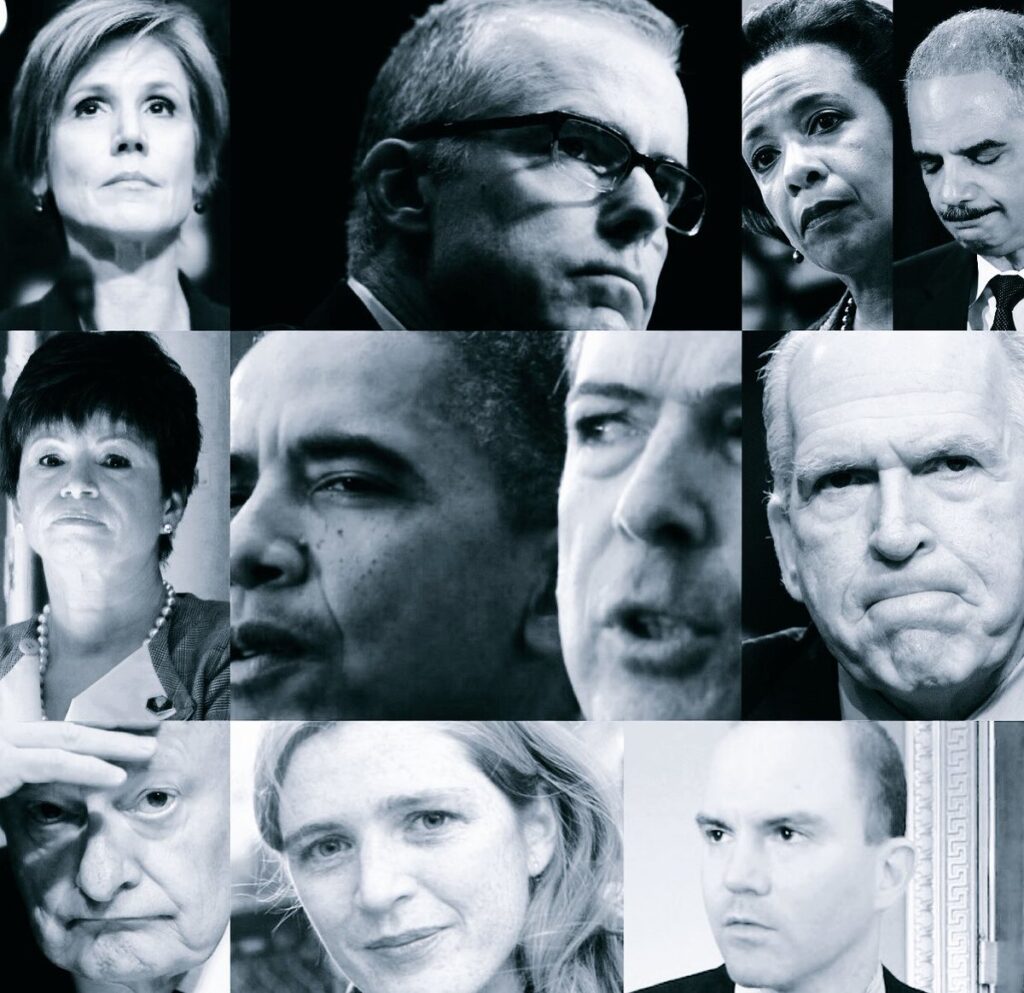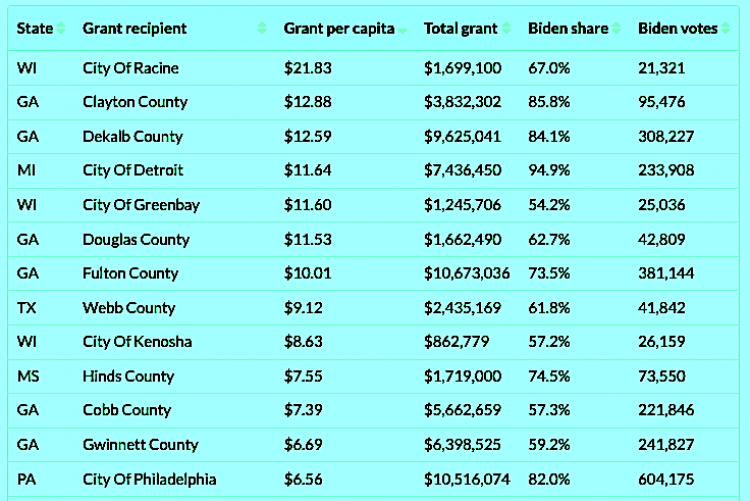On May 23, Reuters reported that the Russian ruble had reached a seven-year high against the Euro and a five-year high against the U.S. dollar. The American public is hearing very little about the current “world’s best-performing currency,” in stark contrast to the jubilation of the mainstream media that showered praise on Joe Biden’s sanctions in March, when the ruble suffered a short-term collapse against the dollar. Back then, a dollar was worth 135 rubles; it is now worth 62 rubles. This example serves to illustrate the failure of Western-imposed sanctions on Russia.
A lack of understanding of the political culture and history of the targeted country, coupled with utter inability to grasp and appreciate the geopolitical ramifications of such sanctions, doomed the administration’s actions from the onset.
It is essential to begin with pointing out that the logic of economic sanctions against Russia was flawed. The expected pressure it was supposed to put on the Russian government rested on two faulty premises.
First, the great majority of the Russian people are of modest means. They rely primarily on locally produced commodities, rarely purchase imported goods, and are generally used to economic hardships. This majority will not feel the effects of Starbucks closing and will not lose sleep over not having the newest iPhone.
Further, the decrease in consumer purchasing power predated the conflict in Ukraine and was thus more of the same for the common Russian folk. On the other hand, the loud voices of the liberal upper middle-class minority, which find themselves greatly impacted by the deterioration of their way of life, are simply insignificant in the Russian political balance of power to bring about any desired change.
The second group that sanctions sought to affect were the oligarchs. Perceived as the financial and business arm of the regime, this group of businessmen—often involved in shady practices and state-approved corrupt deals—have always been linked to the Kremlin and Putin’s person. Western observers usually describe this relationship between oligarchs and government as symbiotic, overemphasizing the significance of the financial kickbacks public officials enjoy.
Anyone familiar with the functioning of Russian governance under Putin, though, knows that, in accordance with the classical spirit of the KGB, financial gains always take second place to the security needs of the state. Oligarchs will never rise up against Putin, no matter the sacrifice, since the alternative cost of crossing him might very well prove fatal. Look at the fate of the once-mighty Boris Berezovsky, one of the great plunderers of post-Soviet Russia, who was found dead under questionable circumstances in his Berkshire house, penniless, and after having apparently sent a humiliating apology letter to Putin shortly before his death. Oligarchs know their place in Russia and it is right under Putin’s thumb.
But the most abject failure of sanctions materializes in their strategic short-sightedness. The immediate impact of halting Russian oil exports to the West has been on the economies of the E.U. and the United States and have already been repeatedly documented. The danger of recession looms ever greater and regular consumers are paying a hefty price for this policy at the gas pump, not to mention the cascading effect this crisis is having on the rest of the economic cycle.
To make matters worse, the greatest beneficiaries of this boycott policy are oil producers themselves, including Russia, as oil prices have skyrocketed since the beginning of the war. And all Russia had to do to counter this Western boycott was shift its attention east, to its giant neighbor whose hunger for energy is never satiated.
Reports of China buying whatever oil and gas Europe rejected at preferential rates are already surfacing. Foreign Minister Sergei Lavrov even noted how this is providing a wonderful opportunity to develop Russia’s eastern provinces. It is worth noting as well that trade between China and Russia has veered away from reliance on the U.S. dollar, thus improving Russia’s foreign reserves independence.
Media pundits were quick to celebrate this shift, however, with one claiming that it has transformed Russia from a great power to China’s gas station. Cold War historian Carl Rihan observed “this might well be Mao’s historical victory over Stalin,” as Russia sees itself finally becoming the junior partner in the relationship between the two countries.
Far from being celebrated, this decline in Russia’s global standing should ring alarm bells for U.S. national interests, and it is primarily because of the advantageous position it puts China in. With most economists predicting China’s economy surpassing that of the United States a few short years from now, sanctions gratuitously offered the Asian behemoth a major source of cheap primary material, mainly in the realms of energy, minerals, and metals, many of which are used at the forefront of new generation technology industries.
Russia will also see itself forced to share its own advanced technology with China, particularly in the military field. Historically, the Kremlin has always been reluctant to sell its state-of-the-art weaponry to its eastern neighbor, rightly worrying about any resulting shift in power, mainly because the Chinese have been known to reverse engineer and reconstruct any military hardware they bought. In the past, however, the lag between the purchase of second-tier systems and their successful replication meant that the People’s Liberation Army was always a couple of decades behind other great powers.
With Russia in the corner, it might have no other choice but to sell both its most advanced armaments and the technological know-how that will hasten China’s military modernization. This certainly threatens American global military standing because, unlike Russia, which has the scientific and technological infrastructure but no financial and economic capabilities to back it up, China can easily deploy vast production capabilities and effectively upgrade its arsenal to match that of the United States.
It has become clear by now that sanctions are not producing the desired deterrent effect against Russia. Contrary to what they were designed to achieve, sanctions are wreaking havoc on the global economy and hurting long-term American interests. These sanctions are indeed a new failure on the part of Biden’s foreign policy team and seem to have been nothing more than a knee jerk response to a seismic global event that the current administration could not properly manage and the ramifications of which they could not foresee. Sanctions are indeed proving to be useless in the face of a disaster that should have been averted to begin with.
















